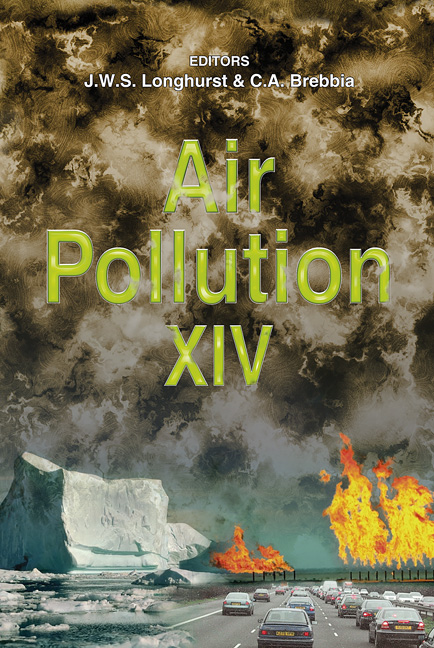Turbulence Modeling In The Atmospheric Boundary Layer: A Review And Some Recent Developments
Price
Free (open access)
Transaction
Volume
86
Pages
10
Published
2006
Size
417 kb
Paper DOI
10.2495/AIR060011
Copyright
WIT Press
Author(s)
J. G. Bartzis
Abstract
Wind flow and pollutant dispersion are the main two points of interest that make the prediction of the atmospheric flow a necessity for the modern society. Atmospheric problems are an important CFD application field and have repeatedly boosted CFD development. CFD-LES methodology is more attractive to local scale problems and neutral flows. CFD-RANS methodology is the main tool used today for practical problems. The problem of turbulence closure scheme selection for CFD-RANS applications is still an open question in atmospheric flows. For local scale problems the two equation turbulence modelling approach is the dominant one and especially the standard k-ε model. In the literature one can find simpler models (empirical, one equation models) or higher models as well as Reynolds stress models. Recently, the k-ε model has been re-examined and a new general approach in developing two-equation turbulence models is proposed with the aim of improving their reliability and consequently their range of applicability. The results up to now are quite encouraging. Keywords: atmospheric boundary layer, CFD modelling, k –ζ model, turbulence closure, turbulent length scale, urban canyon. 1 Introduction Weather forecast and pollutant dispersion are the main two points of interest that make the prediction of the atmospheric flow a necessity for the modern society. Atmospheric problems are an important CFD application field and have repeatedly boosted CFD development. Other methods to calculate the flow still
Keywords
atmospheric boundary layer, CFD modelling, k –ζ model, turbulence closure, turbulent length scale, urban canyon.





